As many of you know, about a dozen years ago I scratched a lifelong itch and started attending the Shantyboat Writers’ Workshops hosted by Lynn Skapyak Harlin. After a shaky start I fell into a groove. Started understanding there was little difference between the literary craft techniques and skills developed in visual arts. After a year or so I earned my sea-legs on the shantyboat and fell into the rhythm of writing.
I wrote a short piece called “My First Time” about my initial experiences on the shantyboat. It is included in the anthology as the first entry. That piece of creative non-fiction sets the tone for the collection.
During most of the time I was attending the shantyboat workshops I was also working at University of North Florida. My duties at UNF included not only mounting exhibitions and teaching a few art classes but also publishing catalogs and writing about the various projects. The skills I picked up on the shantyboat helped me be a better writer. Not only could I explore the stories rattling around in my head but I could also improve my clarity. I enjoyed going to the workshops straight from work and spending a bit of time beforehand with Lynn and other writers. Here is a dear friend, Rick Jones. Tragically, he left us way too soon.
When the workshops began we settled down to work. Lynn never allowed any bullshit. The sessions were structured and formal. We focused on clarity and craft techniques. We worked on form. The stories ranged from sweet stories of angels to hard-core erotica. All words were fair game. Each writer and their work was treated with respect
.
Sadly, the shantyboat was taken by Hurricane Irma. Gone. Not a sign of it left. Some days I wonder if it actually existed. Was it an apparition? A specter? A glimpse into a mythological world? Who knows? I do know that all of us who participated in the shantyboat workshops during its tenure came out better writers.
Shantyboat Stories
Many of the stories I presented at the shantyboat rattled around in my head for years before I had courage to put pen to paper. Some of the themes date back to my teenage years. We worked without any prompts and were encouraged to bring work that was unfinished and especially pieces we were having trouble writing. The stories I chose to expand and finish for the collection were ones which seemed to spark the most interest from either the other writers or from various friends.
My career has been in visual arts. I am a painter. My work has been shown in various museums and galleries primarily in the Southeast but I have had a couple of exhibits in New York and three exhibitions in Spain. I am cautiously comfortable mounting an exhibition of paintings. Putting my writing out there is terrifying, but I am determined to do it.
Here is an essay I wrote in 2014 about what I wanted to accomplish through the shantyboat experience:
Introductory Essay
“After fifty-seven years of denial, Jim Draper is able to admit that he is an artist. Back in Mississippi, where he was born and reared, his family is not. He is looking for a quick path to salvation and is considering writing.
Drawing and painting came easy for Draper. He started drawing recognizable figures, animals and such at 18 months, then went on to making paintings on scraps of cast-off plywood and sheet rock way up under the house where no one could find him by the age of six.
Learning early on that the second commandment, the one that forbids making images, has doomed him to Hell for an eternity, Draper has wanted to give up painting for writing since he was nine years old. He understood that writing good fiction required a tremendous amount of work and was neither as quick nor as enigmatic as painting, so he decided to write plays. In Junior High he frequented the local library, reading every play that Tennessee Williams wrote. "What I like about plays," he said, "is that you don't get lost in the conversation so easily, there is no doubt about who is talking." For nearly a decade, Draper redeemed himself by recording conversations as a bard. Nothing produced, nothing published, all destroyed by willful neglect, depression, and terminal ennui.
Draper maintains an active fantasy life. In that world, he is a master of the Southern Gothic story. On sleepless nights he entertains himself by writing books in his head. The stories are complex with twists and turns, love and hate, trust and deceit, sex, murder, debauchery, sung with a background of chords from a shaped-note hymnal. He has explored such exciting themes as morbid obesity, compulsive hoarding, religious fanaticism, obsessive masturbation, megalomania and digging for worms in his books. His charming characters are flawed by acts of God such as narcolepsy, gender confusion, carpel tunnel syndrome, and spastic colitis.
At this point in his life, Draper wants to take all the scraps of paper and brain tissue and weave them in to some sort of tome. He is considering taking his first writing workshop. From this workshop, he wants to get some level of confidence in his verbal storytelling abilities. Having no idea how a writing workshop is structured, he thinks that various people with like interests will share their work and be critiqued. He would never be so prideful to think that anyone would want to publish it, but he would publish it himself and mail it to all of those friends who over the years have said, "You should write a book." This would relieve everyone back in Mississippi who feared for the fate of his immortal soul. Instead of being an "unspeakable" he could be remembered as a writer.”
I’m not so sure I accomplished the goals in this essay but I’m closer.
I could not have completed these stories and made them ready for publication without the continued help of Lynn Skapyak Harlin. She continues to kick my ass so I will not revert to my nature and give up on this book. Here are her words from the introduction to the stories in the book:
So here we are. A dozen years later. I’ll be seventy-one in a few weeks. Meanwhile, I’ve gone through various health issues including seven operations on my eyes. Terrifying for one who is defined by the visual experience. I still paint, for sure, and will continue until my body no longer allows me to perform that act. Writing has opened new doors for me. I’ve always been a storyteller. Words are our primary form of communication.
Shantyboat Stories is in the final stages of production. Dave Wofford, the book designer at Horse and Buggy Press in Durham, NC, has done an amazing job making the collection have the look and feel I want. It contains 24 stories and illustrations. Odd, yes, but I own that oddness.
Be on the lookout for Shantyboat Stories by Jim Draper. I’ll publish a way to preorder the book here on Substack and on my website: Jimdraper.weebly.com
Thank you all, dear readers for your continued support. For those of you who have paid subscriptions, this is where every penny of your money is going.
To reserve the special collectors edition of this book follow the link below.




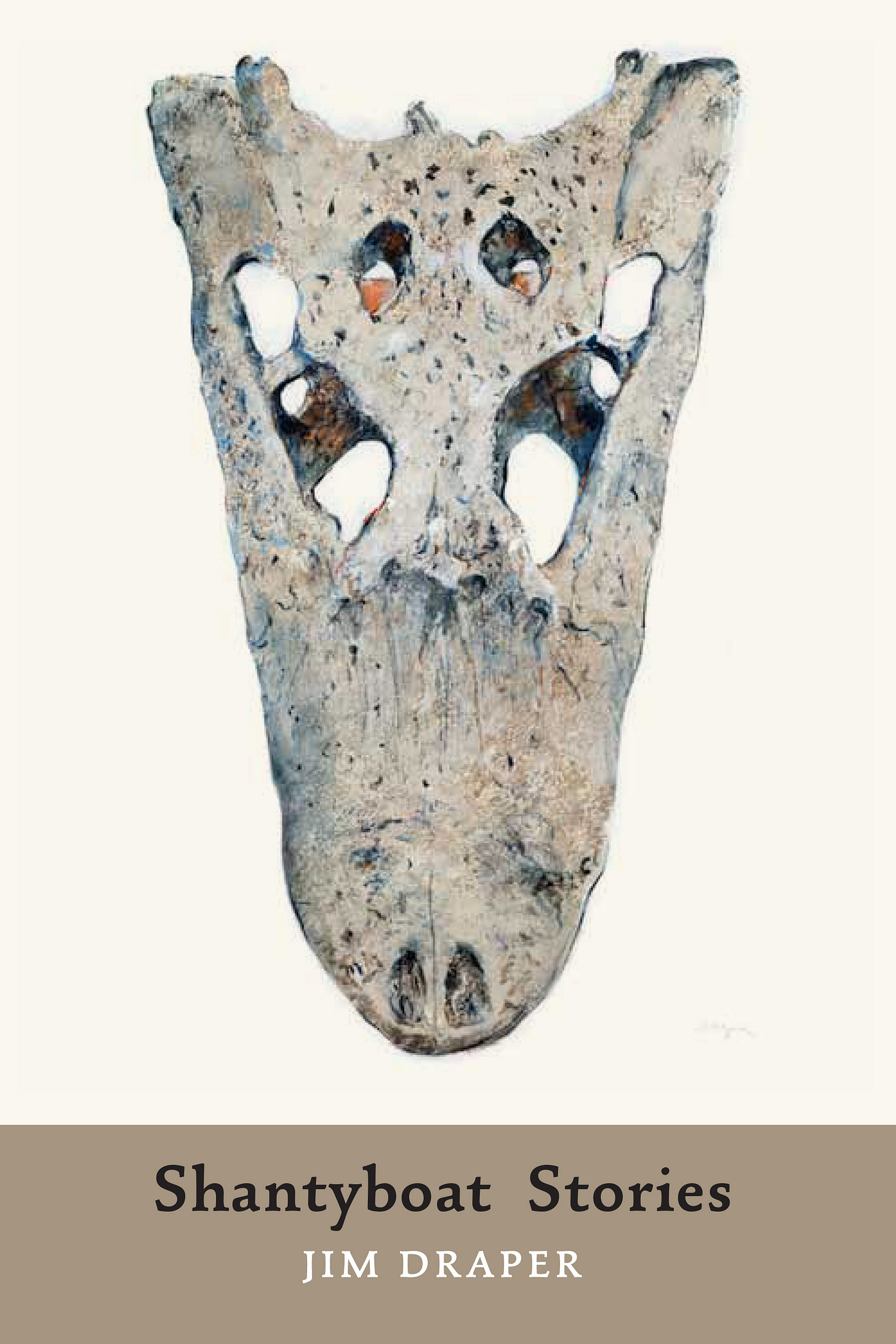
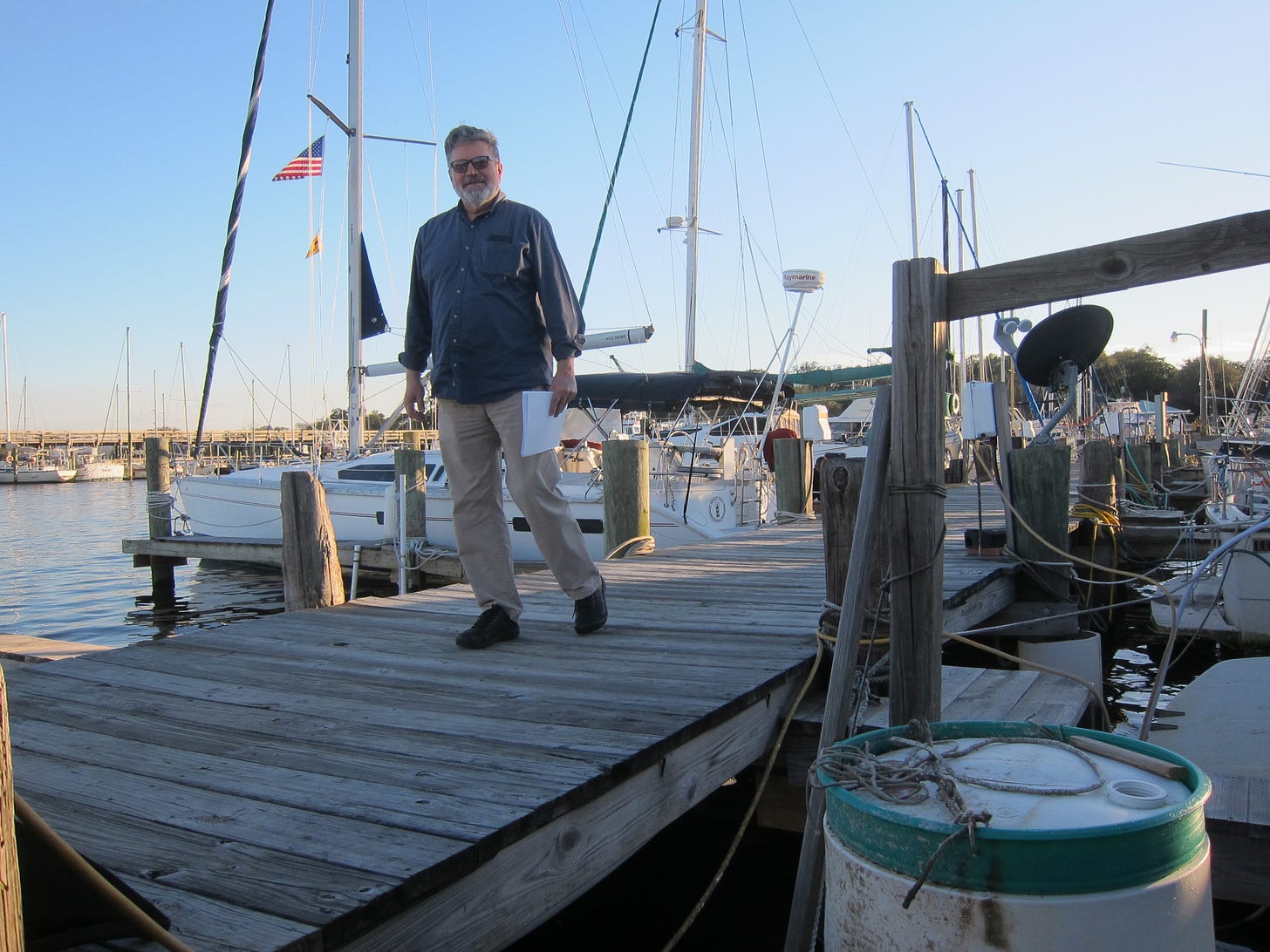

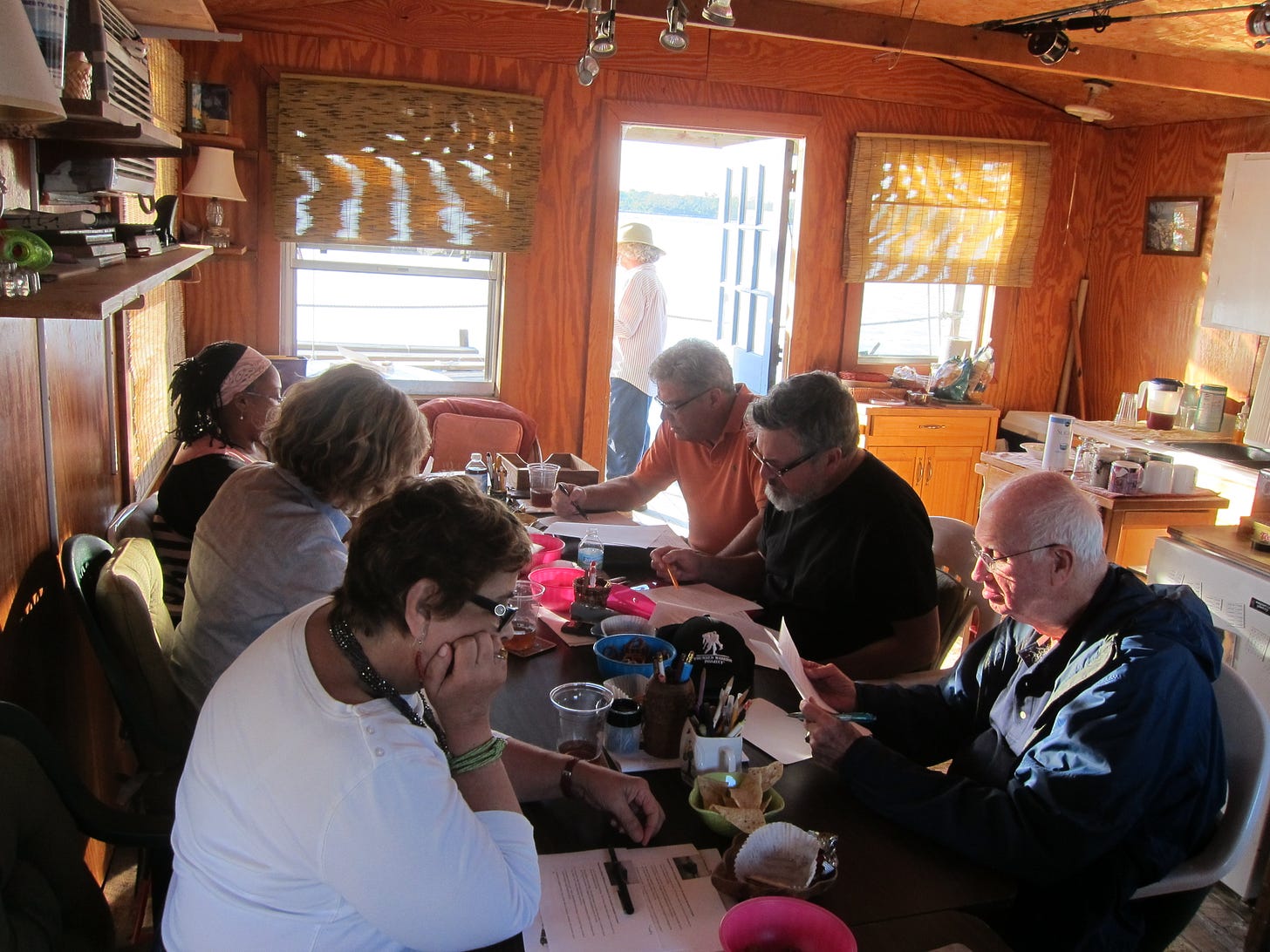
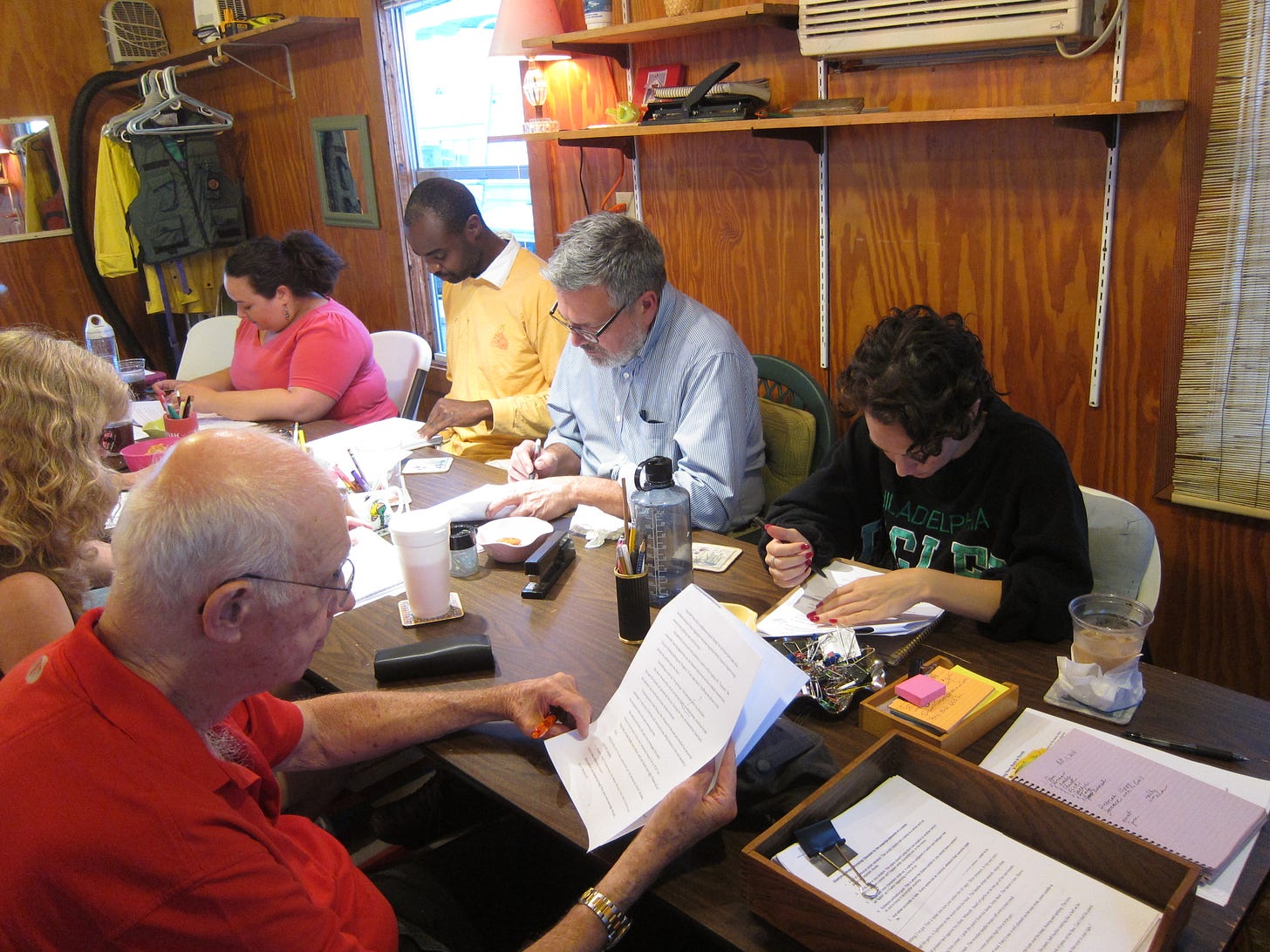
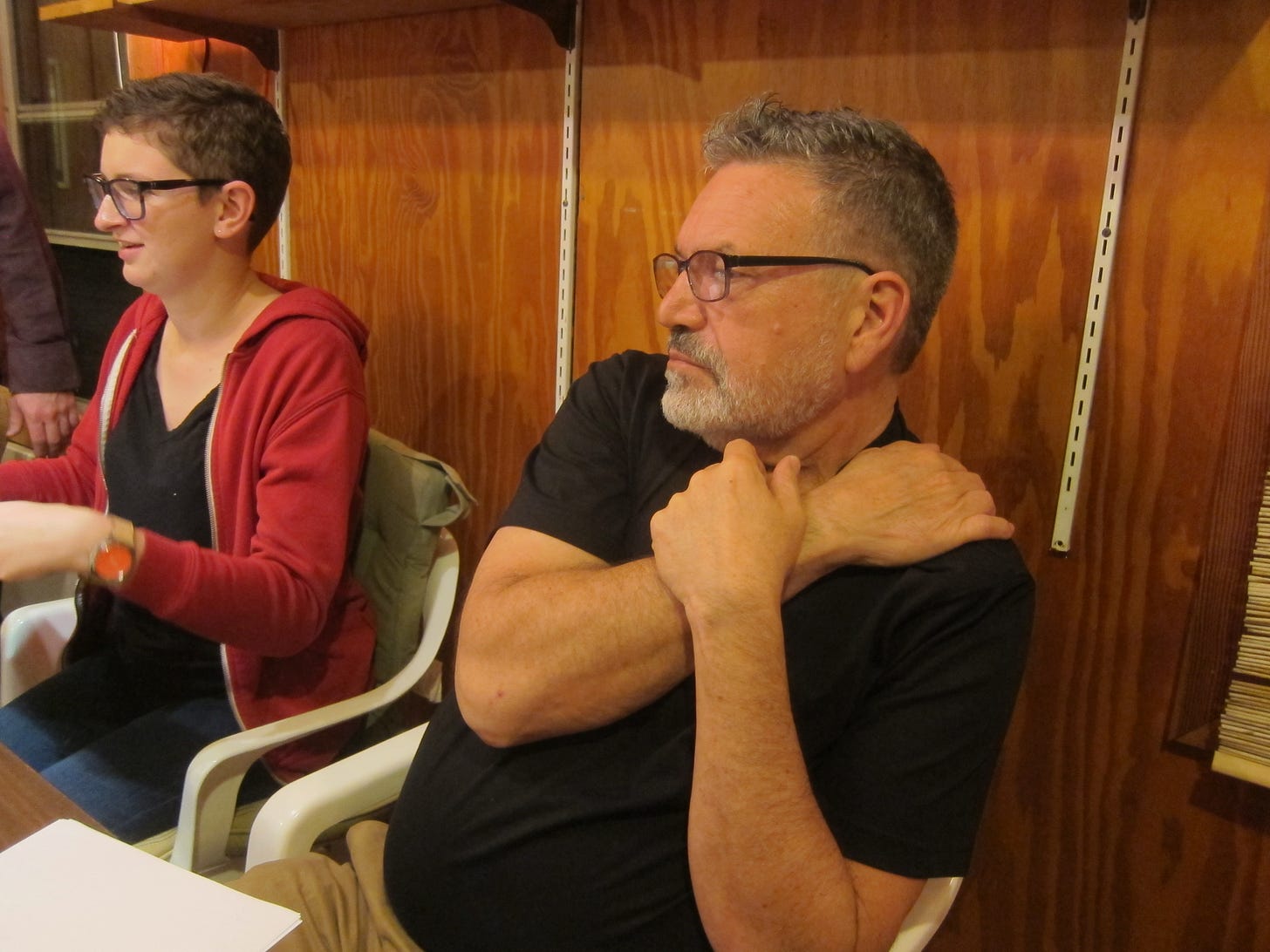



Such a small world. I worked with Rick for years at an ad agency. At that time he was a copywriter and I was an art director.